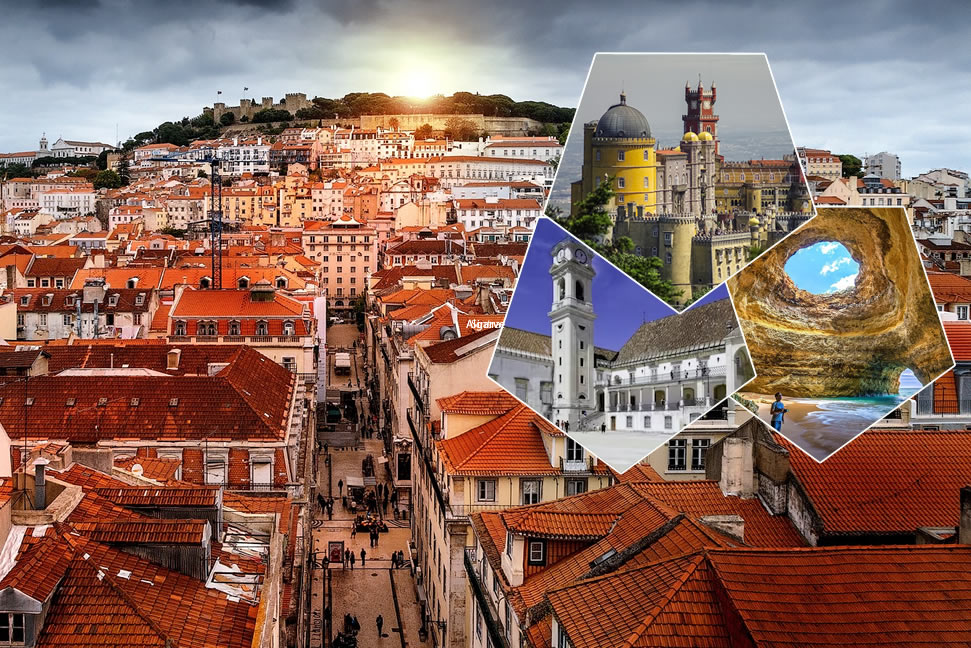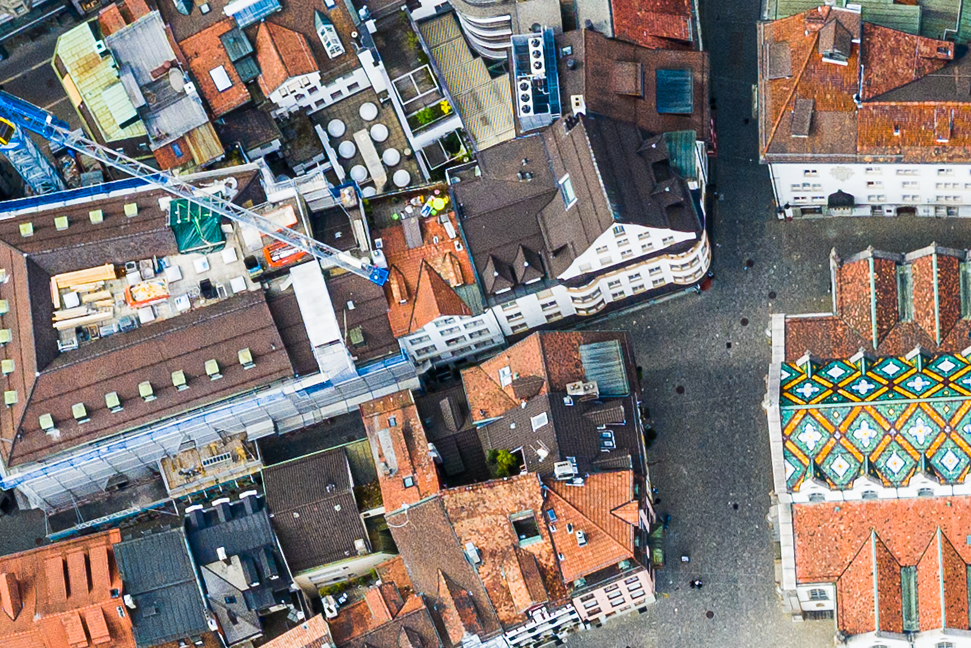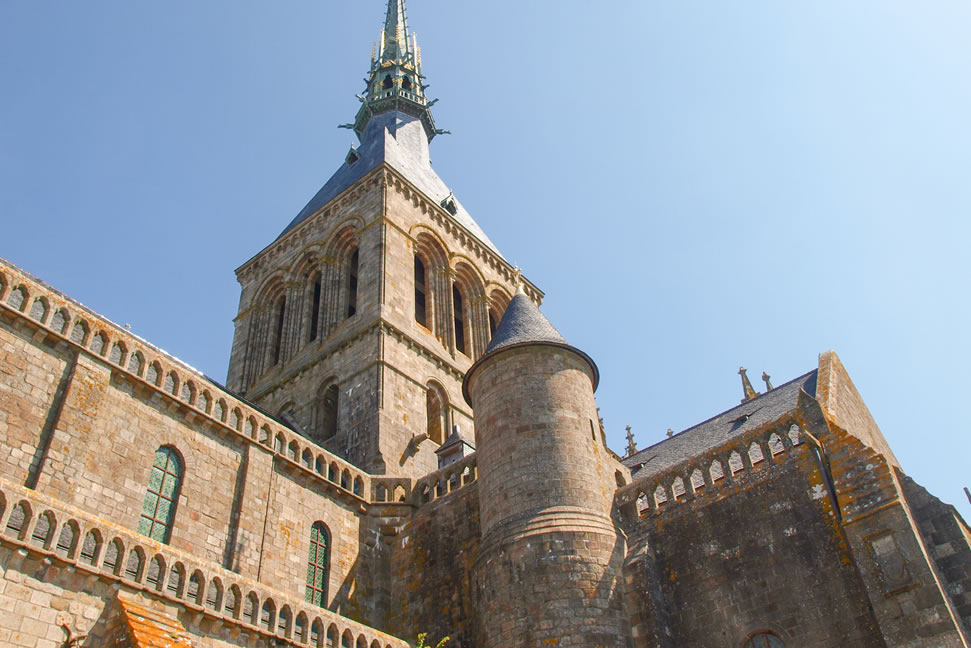Why you must visit the Carnaby area in London’s West End.
Carnaby is synonymous with the Swinging Sixties. You can get there now and experience a brand new jive.
As heydays go, Carnaby’s was phenomenal and part of the tapestry of the Swinging 60s. For an entire decade, you could eat, drink, and be merry alongside music stars, including David Bowie, Jimi Hendrix, The Beatles, The Rolling Stones, The Kinks, and style icons Brigitte Bardot and Elizabeth Taylor just by hanging out there. And, here’s a fun fact: Paul McCartney met Linda on 15 May at Bag O’ Nails Club, 9 Kingly Street in Carnaby.
Though the Swinging 60s are no longer, the Carnaby area is back in motion with its jive style. Look upwards on Carnaby Street and see the Shimmer Disc Union Flag, the Rainbow Arch, and the Carnaby Street Arch that heralds 14 streets with over 100 shops and 60 restaurants, bars, and cafés.
Shopping in Carnaby
Start at Great Malborough Street, where Liberty looks dapper in its historic Tudor building – six floors made from timbers of two ancient ‘three-decker’ battle ships amounting to 24,000 cubic feet of vessel woods, including their decks now being the shop flooring.
Swatch, Sweaty Betty, Ralph Lauren, Levi’s, The North Face, and Timberland have outlets there. Still, Carnaby’s independent boutique shops shine their light with ingenuity and creativity, making it a must-visit.
Annie’s Ibiza on 3 Newburgh Street could not be more distinct. This is where you shop to find the perfect dress to party in. The rails shimmer with glitz and sparkle. Annie’s wardrobe reflects her shop, including some vintage pieces. I would love to meet her after seeing her flair and the clothes she has curated.
Being far too bashful (and not skinny enough), I could only admire these one-off and sometimes highly revealing pieces.
There’s more creative fashion at 8 Newburgh Street. Hayley Menzies is most famous for her long cardigans and her general use of bold prints and luxurious natural fibers. You will find a highly curated mix of pieces at her beautiful new boutique, which she describes as a contemporary luxury brand creating the vintage of the future.
IKKS Paris has its bright and spacious UK flagship shop on 3 Carnaby Street. The vibe is urban style with a rock and roll attitude. The pieces are stylish, and it would be easy to shop here for a complete capsule wardrobe, not just for you but for all ages, from baby to toddler and teens to adult.
You can almost sense when a tongue is being poked at you. But it would help if you went in when it is a shop RS No.9 Carnaby, and the language is a vast red sculpture of their logo. The flagship store under the famous Spirit of Soho mural is everything Rolling Stones, and every item is exclusive to their rock n’ roll style.
At number 10 is Ksubi. This brand has existed since 1999, and many think it is Australia’s hottest fashion label. It’s best for teens/early 20s, those years when the rebel attitude suits this fashion. I liked their distressed denim and cross logo.
I nipped into a white-washed cavelike Bloobloom boutique at number 24 only to find a lifetime deal. They design and sell specs at £99, including an eye test. On top of that, they donate a pair to someone in need with each team they sell. No brainer. I am returning soon for my eye test.
Shoes can become an obsession; they must be at Kat Maconie shoe store on 29 Carnaby Street. You cannot miss them; they are instantly recognizable with dazzling colors and hardware frames on architectural heels. You cannot be more maximalist. I particularly enjoyed looking at highly colorful tasseled sandals (£330). The Great Frog on Ganton Street’s black exterior is the perfect frame for its skulls and Gothic. It has been there for almost 40 years and has served the likes of Metallica, Iron Maiden, and Motorhead among its clients. Their black diamond skull is always associated with London’s avant-garde design.
Last but not least, the quality of the local charity store must reflect the area. At 8 Ganton Street is Mind, a permanent store that curates its offerings carefully. You’ll find designer clothes topped up daily—a great place to find a bargain.
Inko Nito offers top-notch unconventional Japanese food served in tapas style. The environment is lively, the room bright and spacious, and perfect for couples and groups. The centerpiece is a robata grill, where meat is perfectly grilled and served directly. The food was flavoursome and delicious. I liked the cocktails, too. Go for the Premium Tasting Menu and taste the best choices.
Drinks and snacks: In Cahoot
Kingly Court has many enticing places, but I went deep underground in a fantasy, disused London train station called Cahoots at 5 Kingly Street. It’s darkish, all very hush hush, invoking 1946. Staff are dressed accordingly, and my Winston Curchill cocktail (a tropical number among ten other signature drinks, beers, and wins) was served in a Winston Churchill lookalike mug. Snacks arrived, sausages, croquettes, and other treats.
Here, patrons are referred to as London Scoundrels. Though I could have stayed in this underground facility, I crossed the road to check out Cahoot premises opposite, where live music was playing to channel my inner scoundrel.
Where to Stay
Karma Sanctum Rock n’ Roll Hotel, with its late-night roof terrace, Michelin-starred restaurant, and members club, puts the fun in funky. Check out our full review of Karma Sanctum Hotel.










